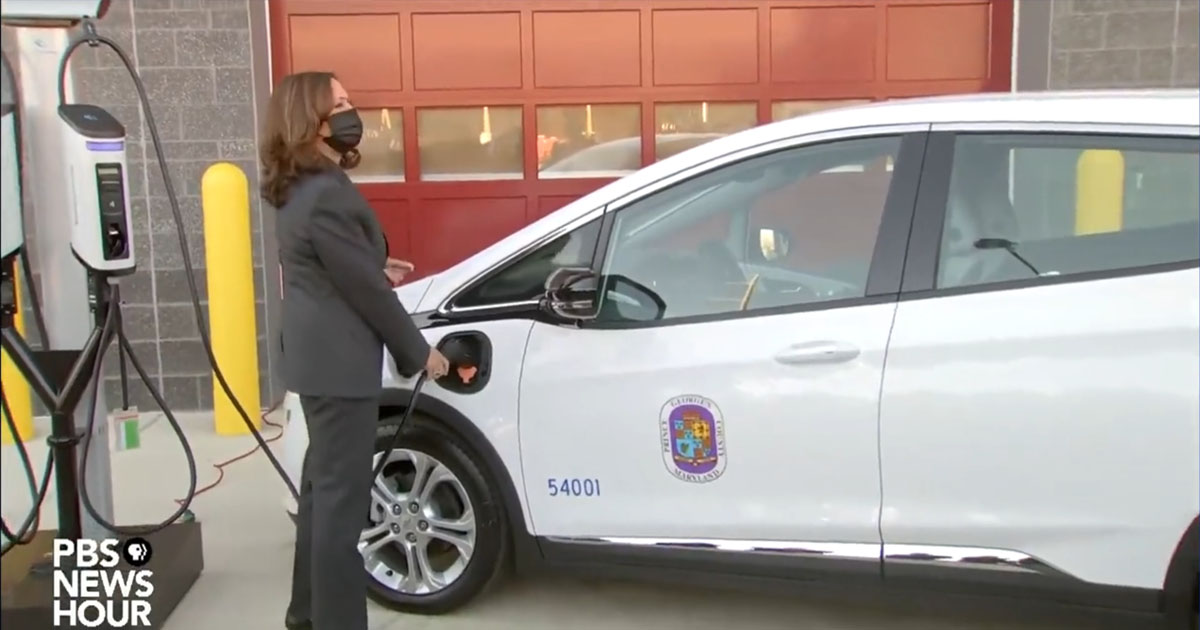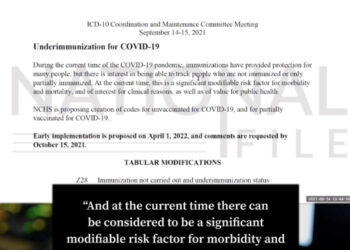Last Updated on December 14, 2021
Democrat Vice president Kamala Harris appeared to be befuddled by the process of charging an electric car during a photo op for electric cars over the weekend, repeatedly asking “So how can I know it’s actually working?” and, “So how would I know that? Tell me how I would know that.”
“I see it, it’s plugged in, so is it plugged into the normal electric socket, right?” Harris said, to which someone off screen replied, “Yeah, normally it’s a 240 watt but you can go ahead and plug in.”
After plugging in the charger, Harris fiddled nervously with the device and cried out in surprise, “And there’s no sound or fume. So for all of us who are used to filling our tank, we, we, you usually can smell it and, and, you can hear it, you can hear the guzzling sound. None of that.”
"There's no sound or fume," Kamala Harris remarks at an event highlighting the Biden administration's obsession with electric vehicles.
"So… how do I know it's actually working?" pic.twitter.com/qKvWp37KRH
— Jake Schneider (@jacobkschneider) December 13, 2021
“So how can I know it’s actually working?” the Vice President demanded.
“So technically, once you wave that card it’s actually charging,” the guide replied, but an unconvinced Harris replied, “So how would I know that? Tell me how I would know that.”
The Biden administration has demonstrated what many experts argue is an obsession with electric vehicles, including bold plans to have the entire country using electric vehicles only by 2030, but it appears that Vice President Harris is more comfortable with the luxury gas-powered vehicles to which she is accustomed.
Harris recently asked a NASA official if the agency can measure trees by “race” to get “environmental justice”:
Democrat Vice President of the United States Kamala Harris interrupted a presentation by the National Aeronautics and Space Administration to ask if the agency “can measure trees” in low income areas to find hidden racism and help establish “environmental justice” for non-white people.
“Can you measure, um, trees?” Harris demanded, pointing at the screen with an index finger. “Because part of that data that you’re referring to, and it’s an EJ, it’s environmental justice. But you can also track, by race, their averages in terms of the number of trees in the neighborhood where people live.”















